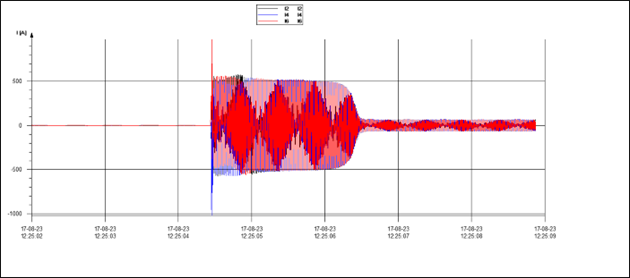Measurements
- instrument knowledge
- power system design and operation
- measurement methods and techniques
- theoretical knowledge of circuit and harmonic analysis

KontaktKontaktKontakt
Power and harmonic measurements
- overloading of transformers, cables, motors, etc.
- condenser failures
- unjustified protection triggers
- malfunction of computer equipment, control and monitoring circuits
It is usual to start measuring at the level where problems occur or where filters are to be installed. However, it is important to be aware that harmonics generated by rectifiers can be amplified due to the resonance between inductive and capacitive components in the network. In cases where shunt capacitors or filters are present, these should be taken into account when assessing harmonic generation in the network. In networks with single-phase loads, the current in the neutral conductor must be measured in addition to the phase currents.
Transients, voltage dips, high frequency disturbances
The measurement procedure depends on the type of transients to be recorded. Measurements of switching transients arising from the connection of transformers, capacitors, large motors, etc. can usually be carried out efficiently in cooperation with operators by making a number of connections and recording the results.
HARMONIZER Power Quality Consulting AB has many years of experience in power quality measurements. We use modern measuring instruments and well-proven measuring methods that comply with current standards.
Here are some examples of measurements taken.
Harmonic measurement, comparison between actual harmonicdistortion (red) and the standard requirements (green). The measurement shows the presence of harmonics with frequencies > 550 Hz exceeding the standard requirements and requiring filtering.


Active effect

Reactive effect
Connecting a capacitor battery

Commutation dips


Tension

Current
